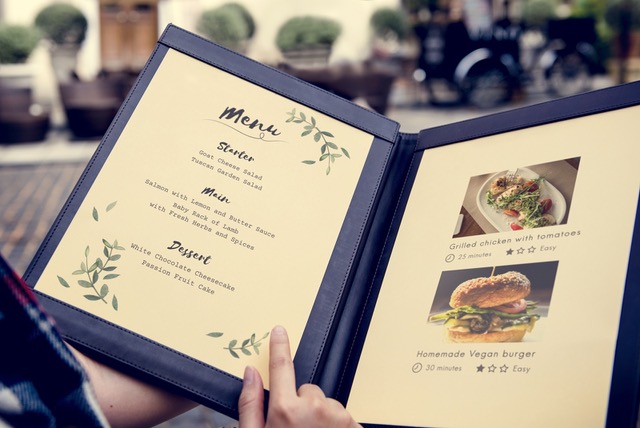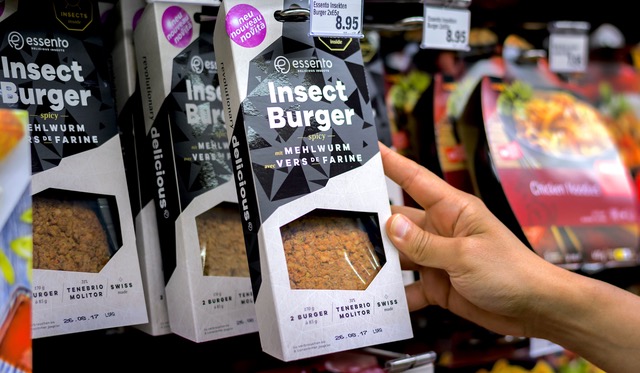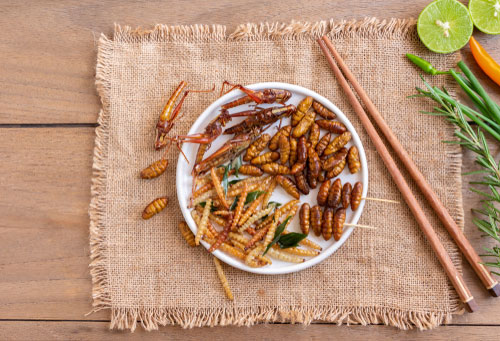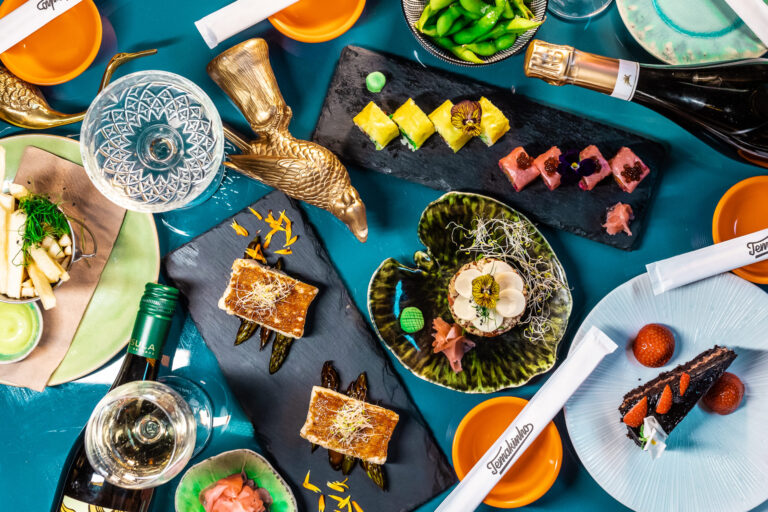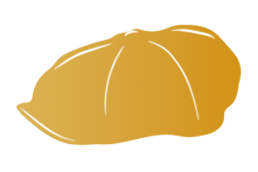With cop26 taking place this month, people are searching for ways to live more sustainably. Is eating bugs the answer?
Entomophagy – Eating bugs
The world’s population is expected to reach 9 billion by 2050, thus, sustainable ways to deliver nutritious food to our growing population need to be found. One option that increased in popularity in the past few years is entomophagy, more known as the term for human consumption of insects. Insects are already a valued source of nutrients for 2 billion people. In some parts of Asia and Africa, insects are a fundamental part of the diet. Meanwhile, in the western world, insects are still a culinary curiosity. However, this is changing as it is a taste that western countries want to develop if it is to meet climate targets.
For instance, one of the top restaurants in the world, Noma, has made use of bugs for many years on their menu. Fancy restaurants in France serve up snails – or escargot. Some UK restaurants such as the Mexican chain ‘Wahaca’, have been offering insects in various dishes for a while now. There is also a growing number of start-ups mainly online, that are selling snacks and cooking ingredients based on insects.
Nutritional Value and Sustainability
When it comes to nutrition, the nutritional profiles of insects differ, as Eat Grub’s founders point out: “Crickets can contain 69% protein and have all essential amino acids. They are high in fibre and vitamin B12, as well as being a great source of iron, calcium and Omega 3 and 6”. Also, grasshoppers and mealworms are rich in protein and contain significantly higher sources of minerals such as iron, zinc, copper, and magnesium than beef.
In terms of sustainable alternatives to going meat-free, edible insects are most likely the best option. Given the scale of the food supply challenge, the world will need multiple new sources of protein, as lab-grown meats and plant-based diets are already growing. In addition, pound by pound, insects require less land, water, and feed than traditional livestock. Insect farming and processing produce significantly lower greenhouse gas emissions. Also, bugs are cold-blooded, they don’t waste energy converting feed into body heat. Bugs take 12 times less food than cows, produce 100 times less Co2, take 1000 times less water to raise, and can be grown anywhere.
Entering the Hospitality Industry
Insects are still unexplored treasures of ingredients. To communicate this with the world, hospitality businesses need innovative food services to further establish the pleasure aspect of bugs in dishes with bug-forward menus. While it is still uncertain if more restaurants will evaluate the environmental impact of their menus, recent surveys suggest that our understanding of sustainability issues continues to grow. In fact, increased messaging around the environmental benefits of greater bug consumption is seen and more restaurants and food services continue to make efforts towards less food waste.
Chef David George Gordon (aka The Bug Chef) shared some insight on how we might better work with chefs: “With insects, it’s challenging because most chefs in our country don’t have much experience or expertise in that arena. But there are many culinary tricks of the trade that chefs can bring to play, making the dishes they serve look and taste good, regardless of how many legs the ingredients may have. As such, they are important contributors to the process of gaining acceptance for bug cuisine.” Therefore, many chefs might be hesitant to work with bugs simply because they don’t know how yet. This can be changed with a strong educational push.
It may take a while before people accept this new trend, but entomophagy advocates say that a cultural shift is already in the works, particularly among the young and adventurous urbanites who will be setting food trends for generations to come.
The sustainability factor, the health aspects, are the angles that will make people want to try edible insects.
